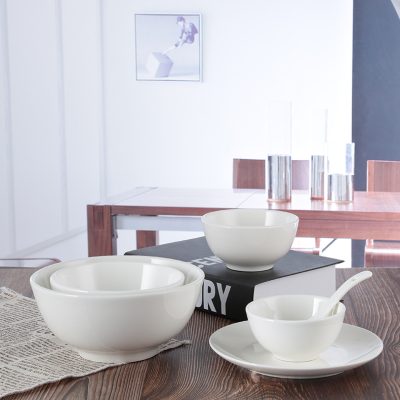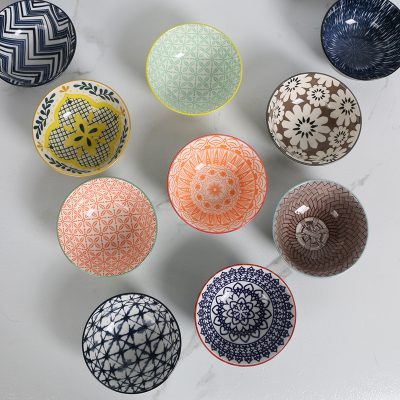definition:
Daily-use ceramics (also referred to as tableware or home china), as the name suggests, refers to the daily use of porcelain that is indispensable in people’s daily lives. The production of ceramics can be said to be due to people’s needs for daily life. From the occurrence and development of ancient daily-use pottery, it has a history of tens of thousands of years. Since the invention of porcelain in the Eastern Han Dynasty, daily necessities have added more hygiene. , More easy to clean artificial stone—porcelain.
Porcelain for daily use is the most contacted and familiar porcelain in daily life, such as tableware, tea set, coffee set, wine set, rice set and so on. Historically, daily-use porcelain was developed from daily-use pottery, and because the two have similarities in performance and manufacturing process, it is customary to put them together and collectively refer to them as daily-use ceramics.
With the changes of the times, in 2008, tableware slowly replaced it with a new concept, that is, home china. It is a subdivision concept at any time, but it is enough to reflect the Chinese people’s brand protection and taste improvement for the quintessence of the country.
advantage:
First, it is easy to wash and keep clean. The glaze surface of daily-use porcelain is bright and delicate, and it is easy to wash off after being stained.
Second, the thermal stability is good and the heat transfer is slow. The daily meal has the performance that it is not easy to burst when subjected to rapid heat and rapid cooling changes with a certain temperature difference. This is superior to glassware, which is a poor conductor of heat and transfers heat slowly. For holding boiling water or scalding hot food, it is not too hot to handle.
Third, the chemical properties are stable and durable. This is superior to metal products such as copper, iron, aluminum, etc. Daily porcelain has a certain ability to resist acid, alkali, salt and carbon dioxide in the atmosphere, and it is not easy to chemically react with these substances and does not rust and age.
Fourth, porcelain has very few pores and low water absorption. Store food in daily-use porcelain, and seal the mouth tightly to prevent moisture in the food from volatilizing, infiltrating, and being invaded by external bacteria.
Fifth, painted decoration is rich and colorful, especially high-temperature glaze and blue and white decoration without lead poisoning hazards, which can be used boldly and are very popular.
weakness:
Of course, daily-use porcelain also has its drawbacks. The biggest weakness is low impact strength, not resistant to falling, easy to break, and is a fragile product. In addition, in general, it is not suitable for direct burning with an open fire as a cooking utensil, and some are not resistant to cooking.






















